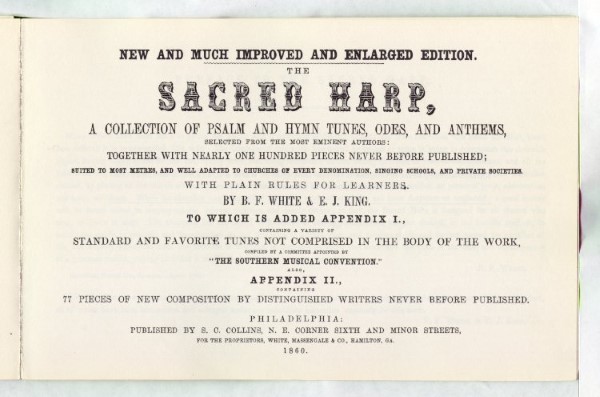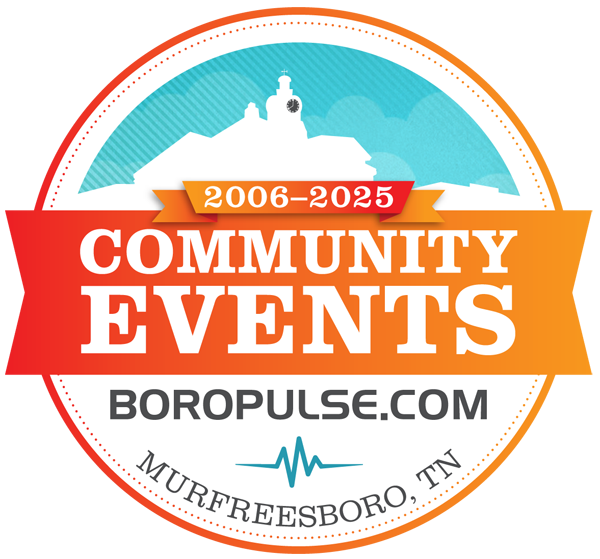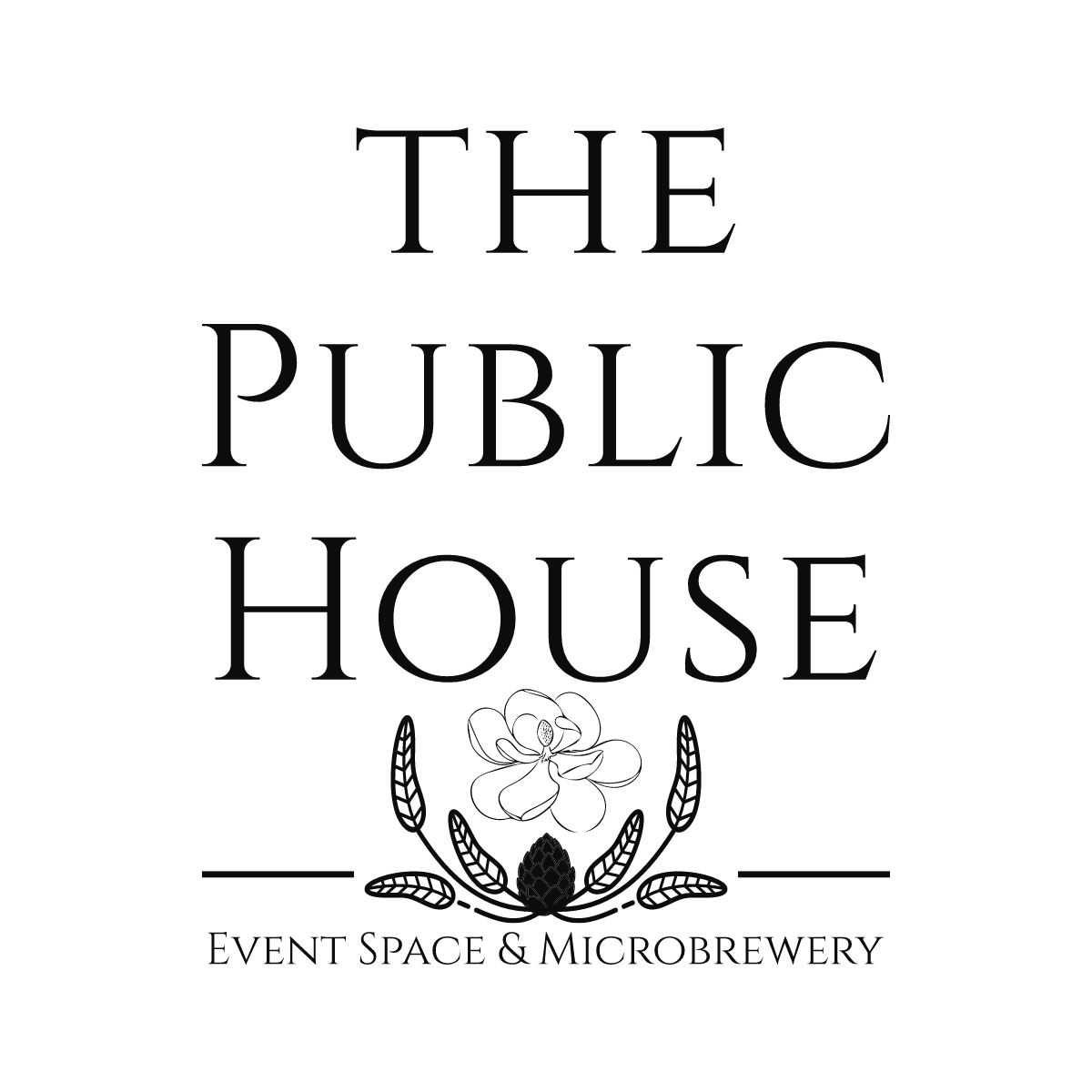
Like many frontier preachers energized by a boundless zeal and passion, this man, “a circuit rider,” had traveled for miles, surviving insurmountable situations in pursuit of lost souls. There in the clearing was this confident, austere individual swinging his arms into the air and declaring loudly, “Behold, the Lamb of God that taketh away the sins of the world.”
Although a large, limestone slab was his sanctuary, outcroppings were the benches for his congregation and piles of protruding rocks formed his pulpit, it seemed as if some divine light flashed all around him. Visible in a clearing, a large crowd was gathered—some on stumps, some in wagons and some standing on fallen trees. Vivid harmonies, throngs of a cappella voices emanated through the backwoods with such single-minded clarity that it seemed as if it came from one voice. The familiar song they were singing was “Amazing Grace.”
“Amazing Grace” was well-known across early America in the form of Sacred Harp. Sacred Harp/shape note singing was a style of music that flourished and spread across the frontier particularly in the South. Sacred Harp singers viewed their tradition as a participatory one, not a passive one. Those who gathered for a singing sang for themselves and for each other, and not for an audience.
Sacred Harp/shape note singing is a uniquely American tradition that brought communities together to sing four-part harmony on hymns and anthems. It was proudly inclusive and part of our shared cultural heritage. The tradition was born from colonial “singing schools” whose purpose was to teach beginners to sing and whose methods reflect this goal—to improve congregational singing. Singing masters like the first American composer, William Billings, taught Sacred Harp to congregations. Though Sacred Harp was not affiliated with any denomination, it was a deeply spiritual experience for all involved, and functioned as a religious observance for many singers.
Today, the tradition is a living, breathing, ongoing practice passed directly to us by generations of singers in our past. Sacred Harp “singings” continue to sidestep the notion of performance. There are no rehearsals and no separate seats for an audience. Every singing is a unique and self-sufficient event with a different group of assembled participants. The singers sit in a hollow circle formation with one voice part on each side, all facing inwards in order to see and hear each other. However, visitors are always welcome to sit anywhere in the room and participate as listeners.
Why is it called “Sacred Harp/shape note” singing? Technically, this style of singing is a musical notation that uses note heads in 4 distinct shapes to aid in sight reading. It is often called this because the book that most singers use today is called The Sacred Harp, with the most prominent of these being the 1991 Denson edition. The term “Sacred Harp” refers to the human voice—that is, the musical instrument you were given at birth.
In shape note music, notes are printed in special shapes that help the reader identify them on the musical scale. There are two prevalent systems, one using four shapes, and one using seven. In the four-shape system used in The Sacred Harp, each of the four shapes is connected to a particular syllable—fa, sol, la or mi—and these syllables are employed in singing the notes just as in the more familiar system that uses do, re, mi, etc. The four-shape system is able to cover the full musical scale because each syllable-shape combination other than mi is assigned to two distinct notes of the scale. For example, the C major scale would be notated and sung as follows:

The shape for fa is a triangle, sol an oval, la a rectangle, and mi a diamond.
In Sacred Harp singing, pitch is not absolute. The shapes and notes designate degrees of the scale, not particular pitches. Thus, for a song in the key of C, fa designates C and F; for a song in G, fa designates G and C, and so on; hence it is called a movable “do” system.
When Sacred Harp singers begin a song, they normally start by singing it with the appropriate syllable for each pitch, using the shapes to guide them. For those in the group not yet familiar with the song, the shapes help with the task of sight reading.
At Sacred Harp singings historically, as stated, the singers would sit in sections organized by voice parts, facing each other. The song leader stood in the middle of the square. Everyone present would sing. Each voice part was written on a separate staff, with lyrics often, but not always, under the appropriate notes. Some songs were modal, others major with repeated musical lines in the chorus.
Originally, the style was in three-part harmony; however four-part harmony became the norm in the 19th century. The singing was unaccompanied, presented without an instrument of any kind, making hymn singing accessible to those churches that did not have a piano or organ. It was the way to sing music without the help of a keyboard.
All of the tunes were religious in nature. There are no secular Sacred Harp or shape note songs. Most of the texts sung today are several hundred years old, dating back to pre-Revolutionary War times. These tunes were made popular in the South as the circuit riders brought them in the early 19th century during the Second Great Awakening of the early 1800s.
Something old—very old—is the legacy of authentic Sacred Harp shape note singing. Few have heard these elegant melodies that create a choral tsunami, a rousing, rough, hand-hewn cacophony of congregational, church singing that no doubt very few have encountered. However, this form of music has had an effect on artists representing every form of popular music in modern times. With the historical influences of Sacred Harp, professional gospel singers influenced by Sacred Harp and shape note singing became backup singers for famous artists in our time such as Elvis Presley. Elvis himself had a background and an affinity for this kind of gospel music. Almost all of the backup singers during the early days of the recording industry in Nashville had a background in this religious-bred style of singing. No doubt, this unique musical technique fostering four-part harmony has cross-pollinated into every form of American musical styles.
Shape note singing has survived over 200 years in the rural, deep South where, in old country churches, singers break open copies of The Sacred Harp.
Sacred Harp singing schools developed as a part of the religious experience locally. By the early 1900s, Murfreesboro had become one of the most prestigious places for the singing schools, and helped perpetuate the Sacred Harp style well into the twentieth century.
As someone once said, “The truth is, Sacred Harp is ‘hang on’ for your life, white-knuckle, belt-it-out, sing-at-the-top-of-your-lungs singing like most people never get the chance to experience.”
Sacred Harp singing is a transforming experience, traditional in the purest sense of the word. The singing of many of the hymns in this manner continues today, preserving this uniquely American form of music and communal bonding.











